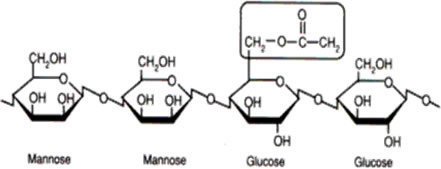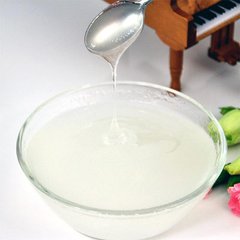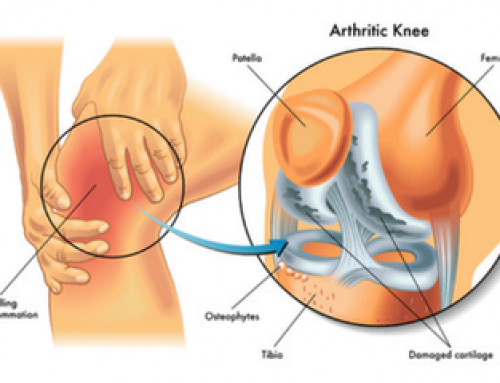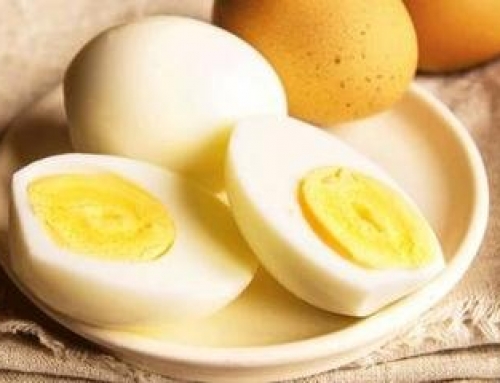White or cream to pale brownish yellow powder, can be dispersed in hot or cold water with a pH of 4.0-7.0 and form a high viscosity solution. Heating and mechanical agitation can increase solubility. Basically odorless, tasteless, the main ingredient is polysaccharide

Nutritional Value of Konjac Glucomannan(KGM)
Since the “International Conference on Plant Food Nutrition” held in the Netherlands in May 2000, “dietary fiber” has been ranked as the seventh largest nutrient after “sugar, protein, fat, water, minerals and vitamins”. Since then, the More and more experts and scholars began to pay attention to the prominent role played by “dietary fiber” in preventing modern “rich people’s diseases.” Under normal circumstances, “dietary fiber” cannot be absorbed by digestive enzymes in the stomach and small intestine like other nutrients, but “pass through the intestines” in the large intestine and is degraded by microorganisms into short-chain fatty acids (SCFA). The latter is an important guarantee for the health of the intestinal flora.
Lipid-lowering
A number of clinical studies have basically confirmed that konjac —- “glucomannan” has “serum triglyceride”, “cholesterol”, “low-density lipoprotein cholesterol”, reversal of “fatty liver”, and prevention of cardiovascular disease The role. “Glucomannan” in the digestive tract mainly through the combination of “cholesterol” and other elements, to hinder the absorption of “Zhongxing fat”; in addition can also absorb “bile acid” in the intestine to prevent the “bile acid” resorption, and It is excreted from the body, thereby accelerating the conversion of “cholesterol” to “cholic acid”; “glucomannan” is fermented in the intestine as “short-chain fatty acids” and can be used as a fuel to inhibit the production of “cholesterol” in the blood. In order to play a role in lowering blood lipids
Blood sugar stabilizer
People with diabetes know that blood sugar is fluctuating too much is a taboo, foods with low glycemic index (GI) and low glycemic load (GL) become a better choice for people with diabetes. In recent years, many studies have pointed out that the hypoglycemic effect of “glucomannan” is similar to that of low-GI foods, mainly through the characteristics of its large molecular mass and high viscosity, which delays gastric emptying time and will digest. The food is wrapped up so that it does not come into contact with the digestive enzymes. This reduces and delays the rate of glucose absorption in the blood. The rate at which the blood absorbs sugar slows down and the blood sugar naturally stabilizes.
For diabetics who need to eat small meals, konjac serves as a snack between meals, which is beneficial to avoid high blood sugar fluctuations and to increase insulin sensitivity.
Lose weight, promote defecation
The calorie content of 100g konjac flour in China Food Ingredient Table is 186 kcal, only about half of the same quality starch, 74.4g of which are insoluble fibers. These insoluble fibers cannot be digested by enzymes in the human body and do not provide nutrition. . “Glucomannan” in the stomach can swell through water, make people feel full, delay gastric emptying time, reduce pre-meal hunger and reduce appetite, so that the food intake decreased. At the same time, it prevents the absorption of excess energy such as glucose and cholesterol. Like other dietary fibers, “glucomannan” also has a good effect on preventing constipation and laxativeness. “Short-chain fatty acids” can stimulate bowel movements and increase the frequency of defecation and fecal volume.
In addition to these three major benefits, other ongoing studies have shown that konjac flour also has a variety of effects such as maintaining intestinal health, enhancing human immunity, and preventing colon cancer and rectal cancer.








Leave A Comment